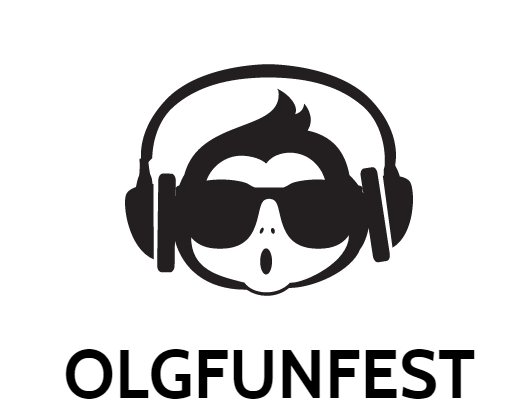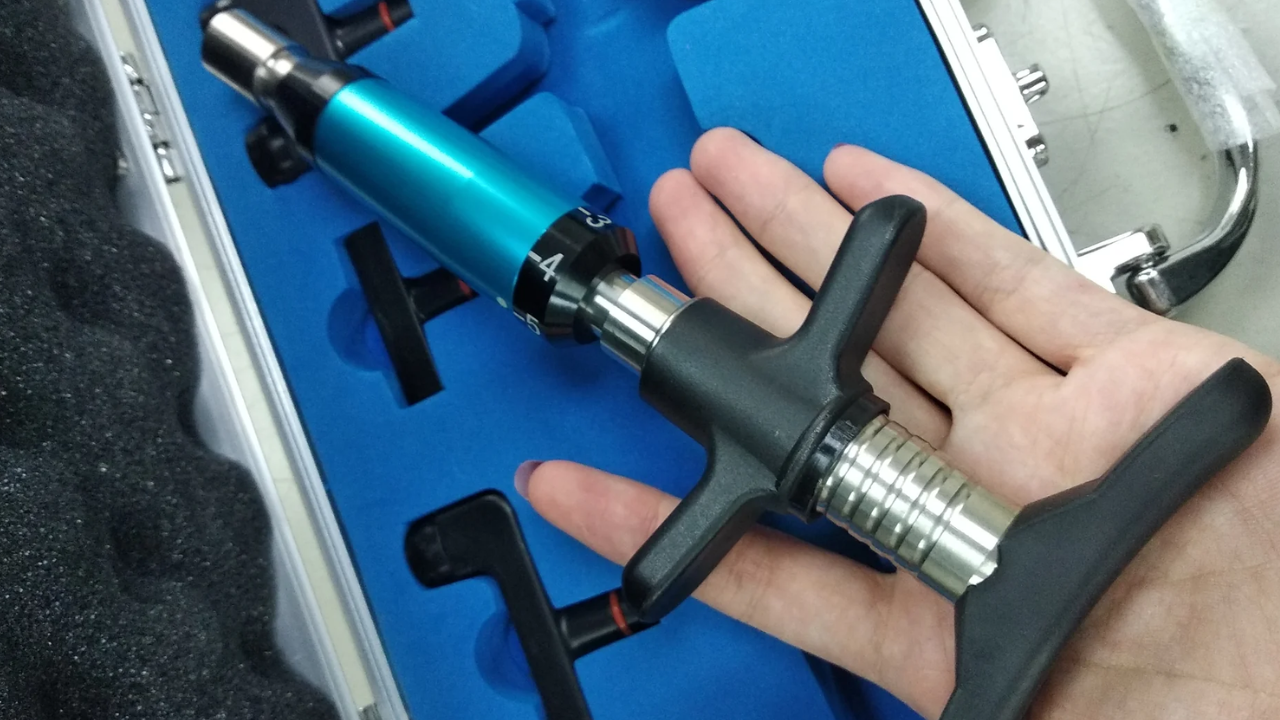Cold Laser therapy, sometimes referred to as photobiomodulation or low-level laser therapy (LLLT), has emerged as a ray of hope for those seeking novel treatments for a wide range of health issues. This cutting-edge approach uses low-level lasers or light-emitting diodes to stimulate cellular activity and aid the body's natural healing processes. Unlike surgical lasers, cool lasers do not produce heat, making them a painless and gentle option.
The essential idea is found in the process of photobiomodulation, in which specific wavelengths of light interact with cellular structures, causing a cascade of biological responses. Cold Laser therapy offers a route to recovery for musculoskeletal injuries and inflammatory disorders, as well as wound healing and pain management, offering increased cellular metabolism, improved circulation, and relief from discomfort.
Who Can Benefit From Cold Laser Therapy?
Cold Laser Therapy aids people with a wide range of health concerns. Accelerated healing provides treatment for people suffering from musculoskeletal injuries, arthritis, and soft tissue problems. It promotes wound healing and inflammation reduction. Athletes benefit from faster recovery, and people looking for non-invasive pain relief find it effective. Its versatility extends to dermatological applications, making Cold Laser Therapy an excellent choice for people seeking non-pharmacological and non-surgical treatment.
Cold Laser Therapy Process
Using low-level lasers or light-emitting diodes, this innovative technology stimulates cellular function and accelerates healing. In this lengthy piece, we will investigate Cold Laser Therapy's mechanics, applications, and scientific verification of its efficacy.
Photobiomodulation
The concept of photobiomodulation, or the interaction of light energy with biological structures to produce therapeutic effects, is central to Cold Laser Therapy. Chromosphere, such as cytochrome c oxidase in the mitochondria, absorbs light energy, triggering a series of biological activities.
Cellular Responses To Light Energy
When cells are exposed to the specific wavelengths of light employed in Cold Laser Therapy, they respond in numerous ways. One important impact is increased adenosine triphosphate (ATP) synthesis within the mitochondria. ATP is the cellular energy currency, and higher quantities improve cellular metabolism and overall cell performance.
Enhanced Cellular Metabolism
Cold laser therapy promotes mitochondrial function, which boosts cellular metabolism. This enhanced metabolic activity helps cells engage in tissue repair and regeneration. As a result, the therapy is frequently used to treat accidents, wounds, and a variety of musculoskeletal ailments.
Vasodilation and Improved Blood Flow
Cold laser light has been proven to cause vasodilation, which is the expansion of blood vessels. This impact increases blood flow to the treated area, facilitating oxygen and nutrient delivery. Improved circulation is essential for tissue repair because it provides a steady flow of materials for healing processes.
Reduction of Inflammation
Many medical conditions are characterized by inflammation, which contributes to pain and tissue damage. Cold laser therapy has been shown to have anti-inflammatory properties by regulating the release of inflammatory mediators and lowering oxidative stress. This makes it an effective tool for controlling inflammatory disorders like arthritis.
Pain Modulation through Endorphin Release
Cold laser therapy provides great pain relief. The therapy encourages the release of endorphins, the body's natural pain relievers. Cold lasers modulate pain perception, providing a non-pharmacological method of pain therapy with applications ranging from chronic pain to post-surgical recovery.
Duration and Frequency of Treatment
The duration and frequency of cold laser therapy sessions are determined by the condition being treated. Acute conditions may necessitate shorter, more frequent sessions, whereas chronic conditions may benefit from longer sessions spread out over a longer period. The treatment plan is usually tailored to the patient's response and the practitioner's assessment.
Safety and Side Effects
Cold laser therapy is deemed safe and has few negative effects. The therapy does not generate heat; therefore, it is non-invasive and painless. Some people may have a modest, transitory increase in discomfort or soreness during early treatments, but this is usually a momentary response as the healing process begins.
Sum Up
Cold laser therapy shows promise as a treatment for non-invasive medical disorders. Its ability to improve cellular function, metabolism, and inflammatory responses has made it a valuable tool in a range of clinical settings. Consultation with healthcare specialists, as with any medical intervention, is required to determine the appropriate treatment method based on individual needs and circumstances.


